Most have integrity, but you have to rely on more than a handshake and your gut
By GEOFF WILLIAMS
April 24, 2013 RSS Feed Print

This is the season when the lawn mowers begin roaring, the mulch is spread and homeowners, if they haven’t already, begin thinking about getting that roof fixed or finally putting up a privacy fence. But it isn’t just the sun that comes out. There are also the pests—the ticks, the mosquitoes and the con artists.
As plenty of homeowners are aware, there are ample anecdotes in the media of home-contractor scams. These often con the elderly into either giving up money for no work done, or having work done but at an exorbitant price that wasn’t agreed to. In the last few weeks alone, a 77-year-old man in the Philadelphia area paid for his roof to be repaired only to end up paying to have a useless, tar-like substance splattered across it; in Norfolk, Va., an 83-year-old woman gave a home contractor $4,300 and never saw him again; in San Diego, a con artist has been offering to fix driveways, collecting down payments as high as $2,500 and giving nothing in return.
The anecdotes go on and on. So what should you do if you want a project completed but don’t want to see your name in the local paper, where you’re quoted warning your neighbors not to fall for a scam?
Research your contractor. Everyone thinks they’re doing that, but it isn’t as straightforward as one might think to vet a home contractor.
“In many cases, we see a person posing as a licensed or reputable contractor, and all checks out until the first payment is made to begin the job, and then the subject disappears. We see fake business cards and websites being used, and criminals can assume the identity of a real contractor, register a company or use an alias. The goal is always the first payment,” says Tom Burnett, a spokesman for Wymoo International, a worldwide detective agency headquartered in Jacksonville, Fla. Burnett is also a former private eye.
Despite all the tricks a con artist can play, you can vet a contractor, says Burnett. Obviously, there’s the tried-and-true method of using a contractor that a friend or family member swears by, but if you don’t have that avenue, Burnett suggests:
• Contact the Better Business Bureau where the company or contractor operates and check for complaints.
• Ask for references and make sure you actually contact, say, two of them.
• Check to see if the company is registered with its state or your state’s division of corporations.
• You can ask for the contractor’s license number to verify with your state’s Department of Professional Regulation, or your contractor’s state license board or similar office.
• And, of course, search the Internet for whatever you can find on the company.
Be wary of paying upfront. This is tricky, too, because even honest home contractors ask for money upfront, for good reasons. “Let’s say you want your front door put in, and if the contractor makes the order, and you back out, they essentially own that front door,” says Amy Matthews, a home contractor who has hosted numerous DIY Network and HGTV series and is a spokesperson for Home Advisor, an online portal that matches, for free, homeowners with licensed home contractors (homeadvisor.com).
So it isn’t weird for a home contractor to ask for money upfront, but it shouldn’t be astronomical numbers, says Matthews. “It’s very common for home contractors to ask for a percentage, say, 30 percent at the start, 30 percent in the middle and the rest at the end, and you should never pay at the completion until you’ve really looked it over.”
She adds that every state is different, and that in California, home contractors aren’t allowed to ask for more than 10 percent of the job upfront. Meanwhile, some states have no regulations regarding home contracting projects.
It is also wise to pay a home contractor with a credit card instead of forking over a wad of cash or paying with a check. This will give you a record of the payment for the authorities and improve the odds of getting your money back if you are swindled, since credit card companies may refund your money in such situations.
If the proposal isn’t very detailed, that might be a red flag. A home contractor who plans on putting a fence around your yard or fixing your roof isn’t likely to offer up lengthy, detailed plans, but if you want to hire a contractor for a fairly elaborate project, such as a room addition, you’ll want to see some detailed blueprints.
“The less gray areas there are, the better off homeowners will be,” says Nicholas Iarocci, who owns a home contracting company, Source Development, Inc, which services the New York City area. He says detailed plans can “make the homeowner aware of possible additional expenses,” which can help you if the contractor is ethical and if the contractor isn’t. After all, some unethical contractors deliver when it comes to work, but they overcharge. Or they might not plan to destroy your finances but do because of the shoddy way they run their business.
“If an insured contractor brings a day laborer or an employee that’s not on the books, and they get injured, the property owner is directly affected,” says Iarocci. “I collect certificates of insurance from my subcontractors.”
Don’t let yourself be rushed into a project. Some perfectly honest home contractors will come to your house unsolicited, says Matthews. “They’re called storm chasers,” she says, “and there are some very credible contracting companies that look for homes that have been hit after a windstorm or heavy rain, but you still have to do that background check to make sure.”
So if the contractor can’t wait for you to think about their offer, or for you to summon your inner Hardy Boys or Nancy Drew and check them out, stay away. And you should always keep an eye out for that classic red flag waving in the warm, friendly breeze. Sadly, just as there is no free lunch, there is also rarely an extremely cheap lunch.
Says Matthews: “If someone offers to do a really quick job on your house for a really low price, and it sounds too sound to be true, it probably is.”


 Front door of a Georgian era townhouse in Salisbury, England image via Shutterstock.
Front door of a Georgian era townhouse in Salisbury, England image via Shutterstock.





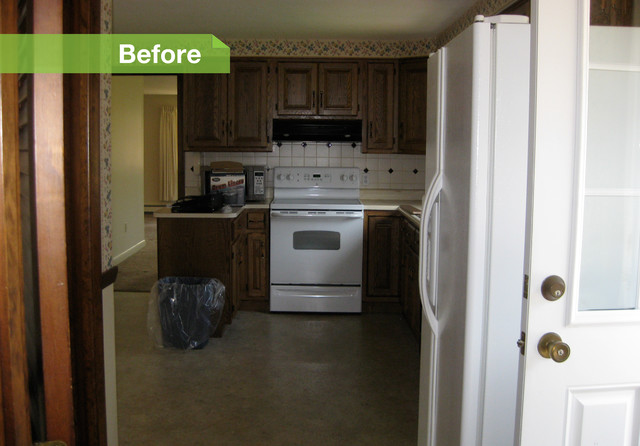
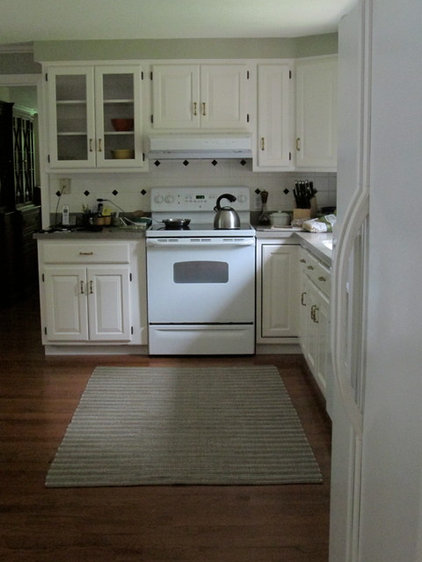
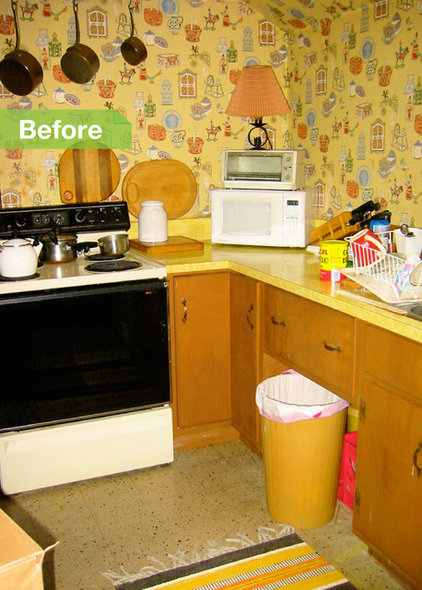
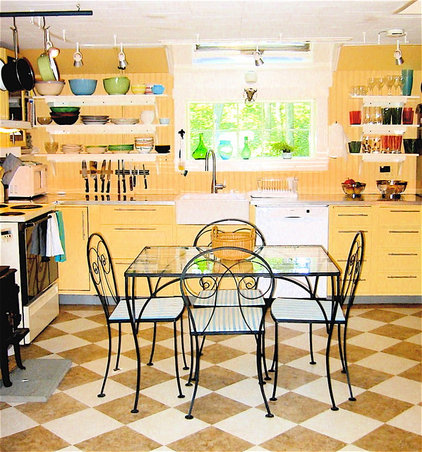
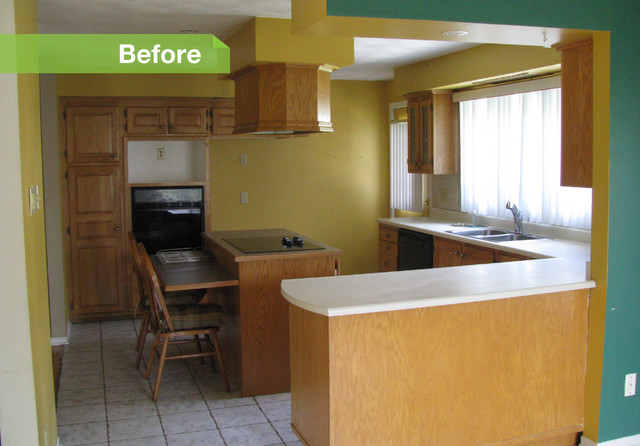
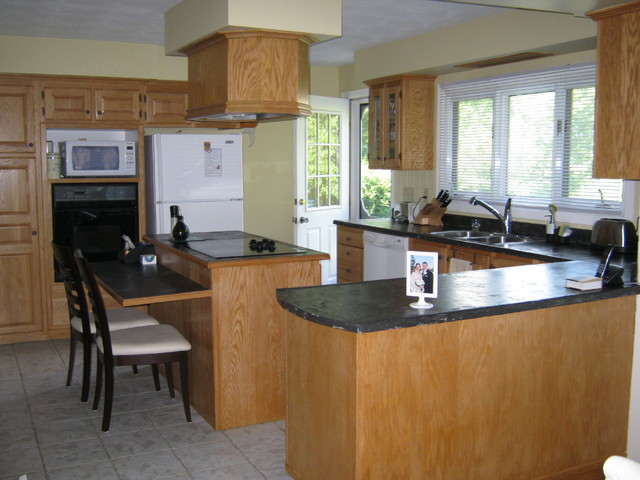
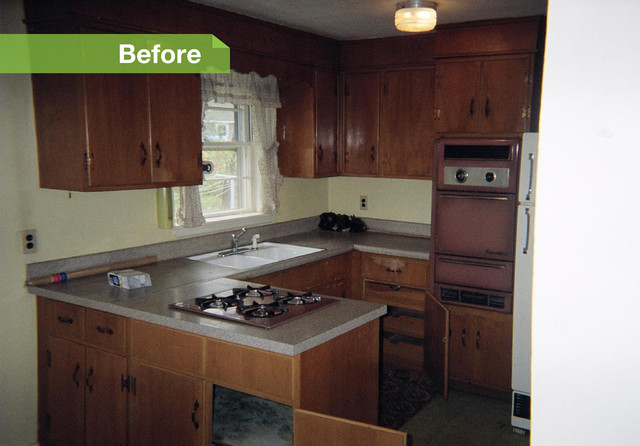
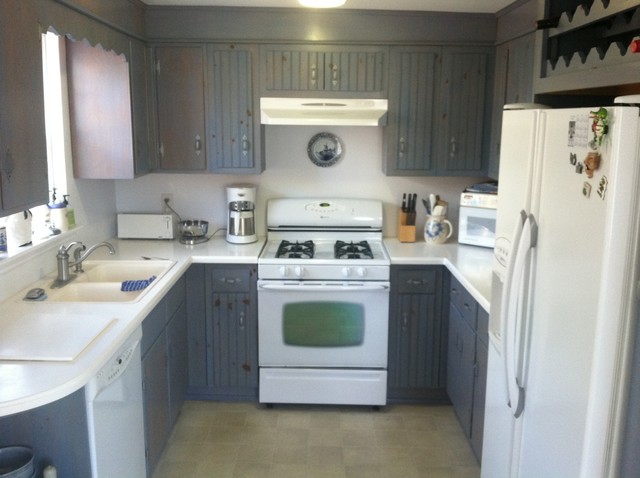
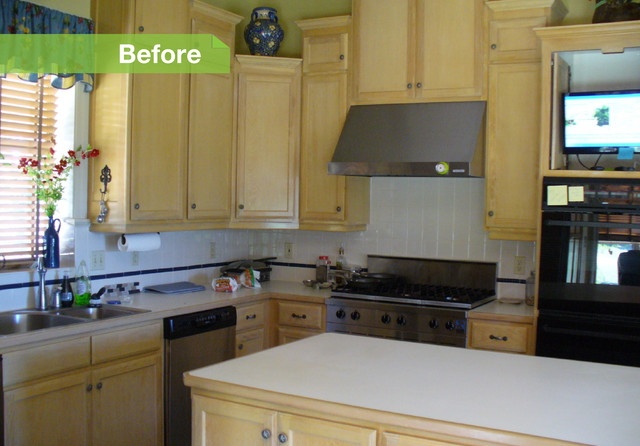
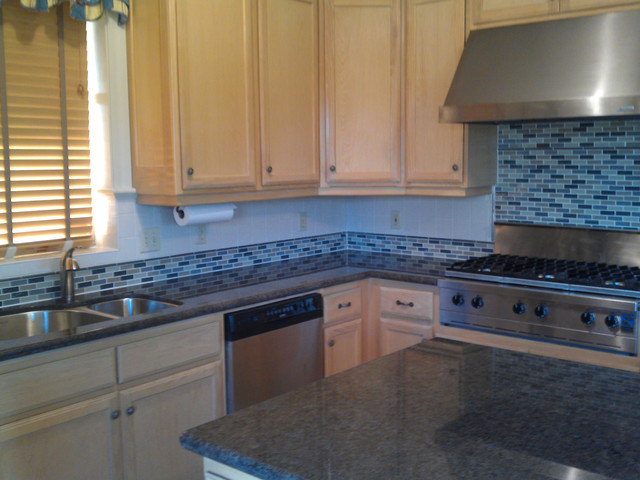
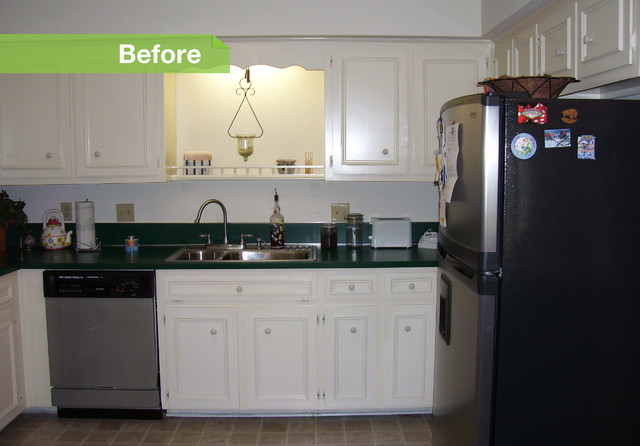
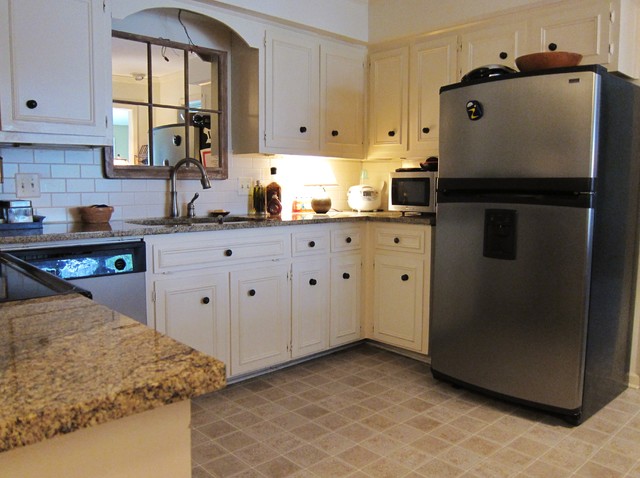

© 2013 The Peral Group